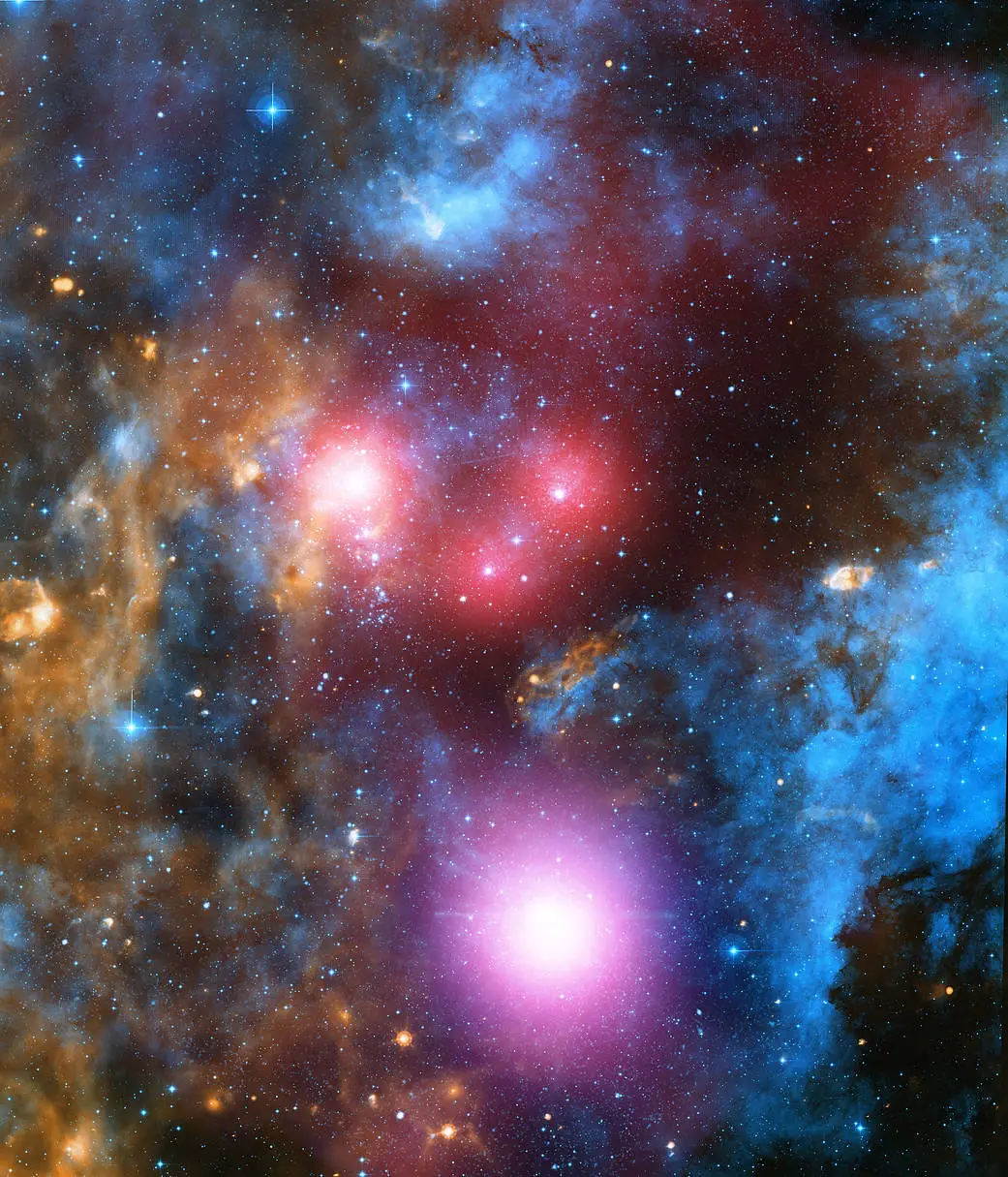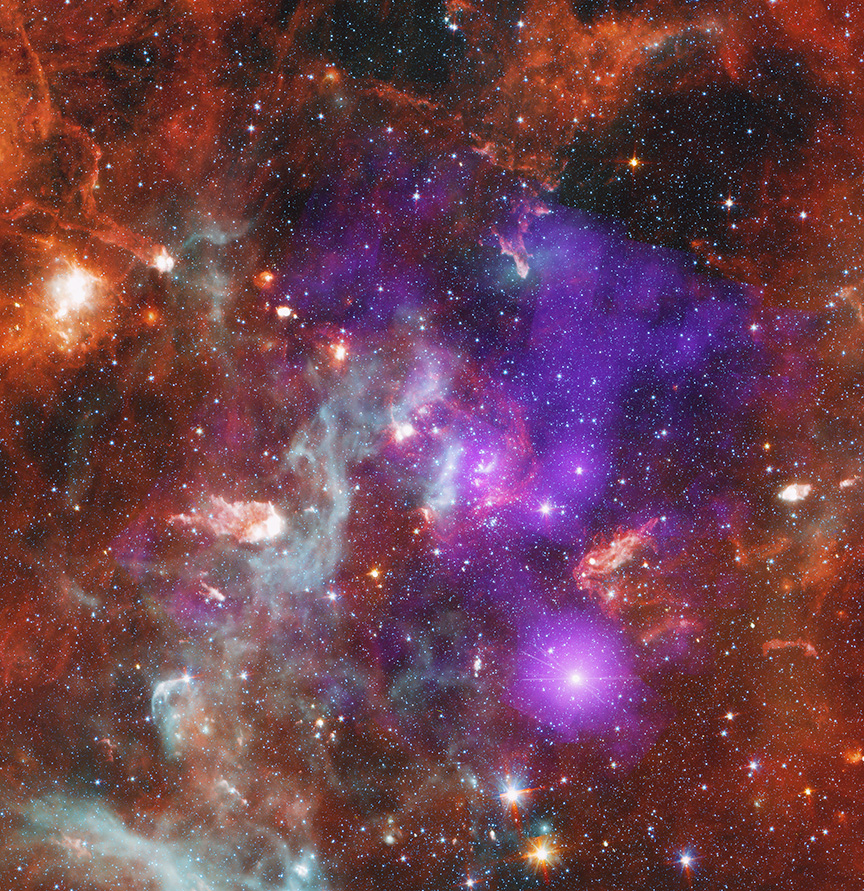A team of astronomers used the Chandra X-ray Observatory to map dangerous zones in the star cluster. In these areas, the chances of exoplanets forming are drastically reduced.

The planet-forming disks around newborn stars naturally disappear with time. Part of the disk’s matter falls on the star, and part is heated by its X-ray and ultraviolet radiation and vaporizes. The latter process, known as photoevaporation, usually takes 5 to 10 million years in medium-sized stars before the disk disappears.
At the same time, if there are massive stars nearby that produce the greatest amount of X-ray and ultraviolet radiation, the vaporization process may accelerate. In turn, this means that there should be more and less favorable zones for the formation of exoplanets in star clusters (where most stars are born).
A group of astronomers decided to test this assumption. To do this, they used the Chandra X-ray observatory. The target of the observations was Cygnus OB2. It is a large star cluster located at a distance of about 4,600 light-years from the Sun. It contains hundreds of massive stars as well as thousands of lower mass stars.
Chandra’s observations have revealed diffuse X-ray luminosity between the stars, as well as a list of newborn luminaries in the cluster. This list was combined with data from optical and infrared surveys. As a result, astronomers were able to map Cygnus OB2. The purple color corresponds to the Chandra data. It shows diffuse X-ray emission and young stars in Cygnus OB2. The red, green and blue colors correspond to data from the Spitzer telescope. They show cooler stars as well as gas and dust throughout the region.

After analyzing the available data, astronomers found clear evidence that planet-forming disks around stars really disappear much faster if they are near massive stars that produce a lot of high-energy radiation. In addition, disks fade faster in regions where stars are more closely spaced.
The study showed that in the Cygnus OB2 regions with less high-energy emission and fewer stars, the fraction of young disk luminaries is about 40%. For regions with higher levels of high-energy radiation and more stars, the figure drops to 18%. However, the worst place for the formation of a planetary system is the zone with a radius of 1.6 light-years around the most massive stars.
A separate study by the same team investigated the properties of diffuse X-ray emission in the cluster. Astronomers have found that the higher-energy radiation comes from regions where the stellar winds of the most massive luminaries collide. As a result, the gas heats up and produces X-rays. Less energetic radiation is probably produced by the collision of the gas in the cluster with the surrounding gas.
Recall that NASA recently postponed a decision to cut funding for the Chandra telescope.
Provided by chandra.si.edu


